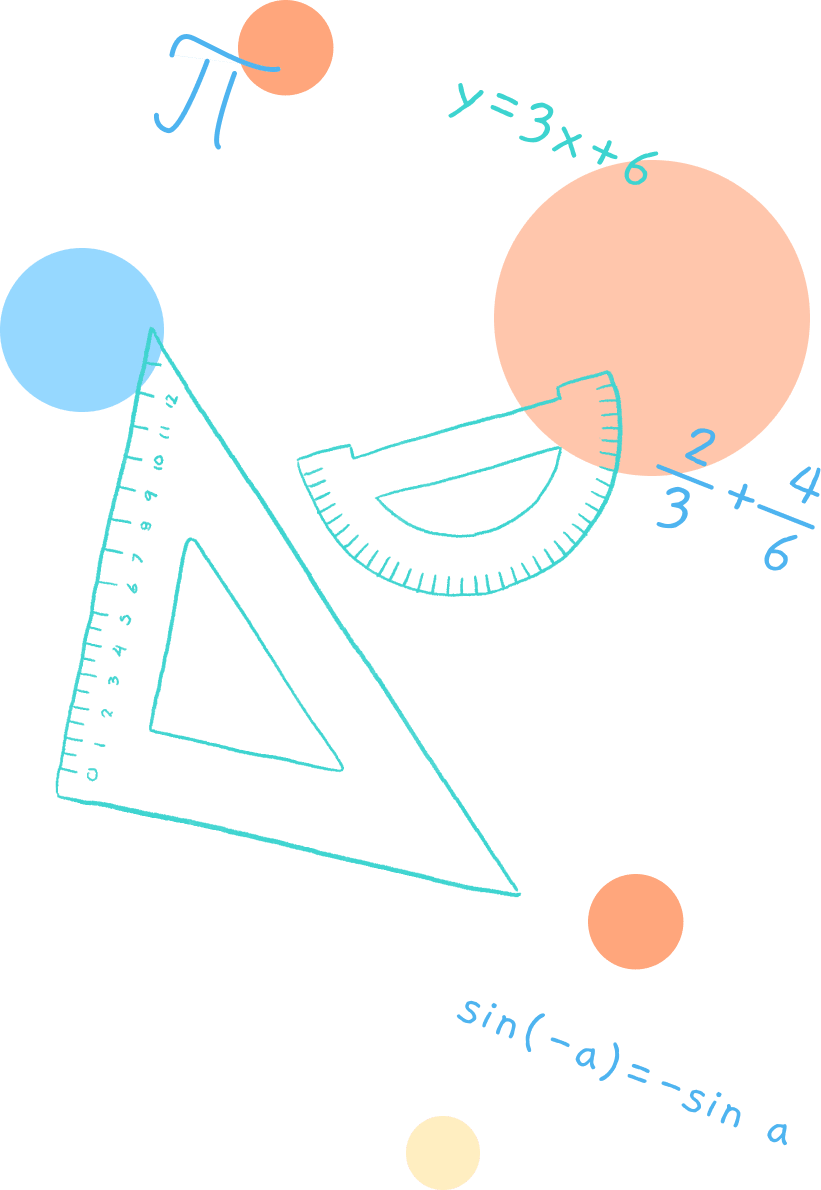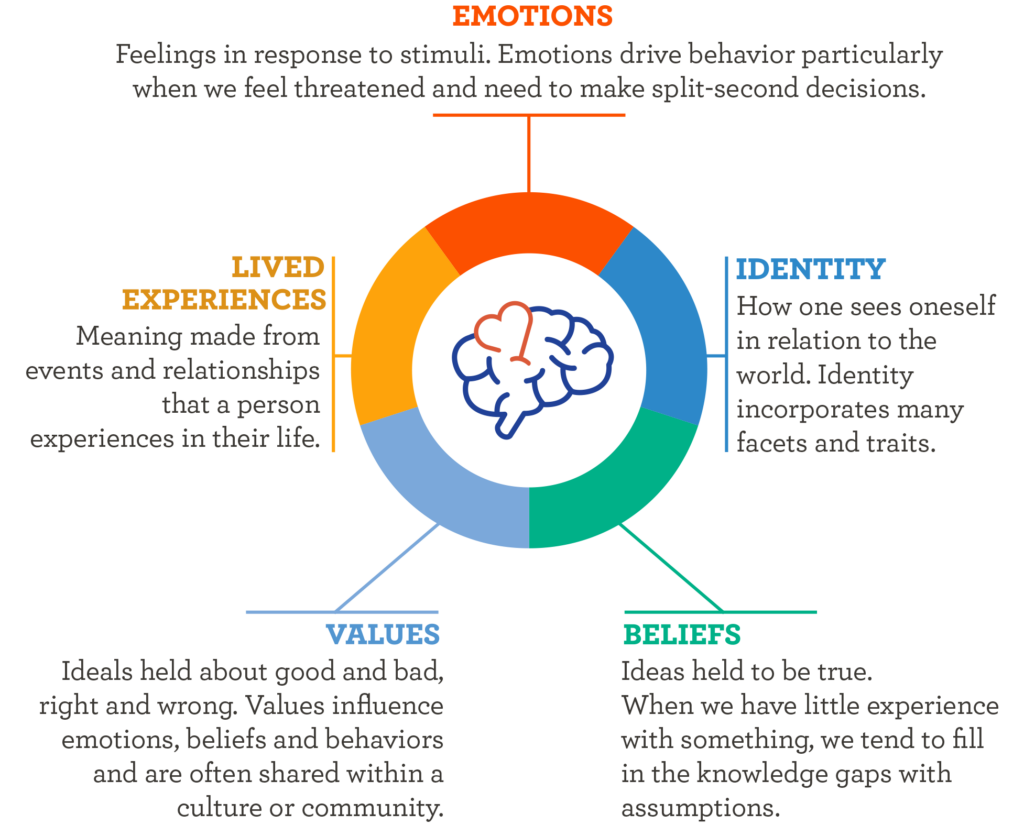What is Narrative Change?

What are narratives?
Narratives are systems of stories that shape our attitudes and behaviors and help us make meaning of the world around us. Narratives powerfully impact how students see themselves, their abilities, and their potential — and how teachers and parents experience and feel about learning and teaching math. Some narratives help students to persist in math, while others can be barriers to their learning.
What is narrative change?
Narrative change is an effort to counter, modify, or replace existing narratives by creating and deploying new or different narratives.
While many factors influence how students experience math instruction, the work of the Math Narrative Project is focused on the possibilities of narrative change. Narrative change can improve existing math learning interventions and facilitate the adoption of new interventions.
The Math Narrative Project Approach
The Math Narrative Project aims to advance an evidence-based messaging and narrative change strategy to improve math instruction and outcomes for 6th to 10th grade Black and Hispanic^ students of all incomes and Asian American and Pacific Islander (AAPI) and white students from lower-income backgrounds. The project focuses on these students, as they are most likely to encounter systemic barriers to accessing high-quality math education and math resources.
The Math Narrative Project uses a Heartwired research approach to determine what cultural narratives exist, and how and who can disrupt harmful narratives and replace them with more positive narratives.
^ Consistent with what the research team heard in focus group discussions and in surveys, a 2022 Pew Research survey of 3,030 U.S. Hispanic adults found that 53 percent of Hispanics prefer to describe themselves as “Hispanic,” 26 percent prefer “Latino,” two percent prefer “Latinx,” and 18 percent have no preference.
Heartwired
Heartwired research focuses on the emotions, beliefs, values, lived experiences, identities, and influences that shape students’ math learning. This includes conducting research with students, parents, and math teachers to understand how they think and feel about learning and teaching math. The research approach also includes developing and testing a set of messages and stories that can support and motivate more students to learn higher-level math (like algebra and above). Learn more about the Heartwired methodology.

Developed by Goodwin Simon Strategic Research and Wonder: Strategies for Good, this approach focuses on the ways that emotions, identity, lived experiences, values, and beliefs combine, and often collide, to shape people’s attitudes and behaviors. Heartwired messages and stories connect to people’s experiences and values — shaping new narratives that help people change how they think and feel about that issue.